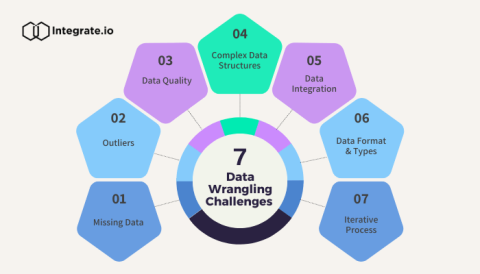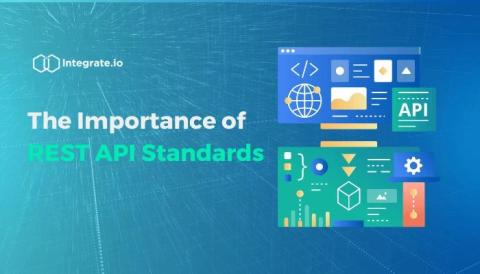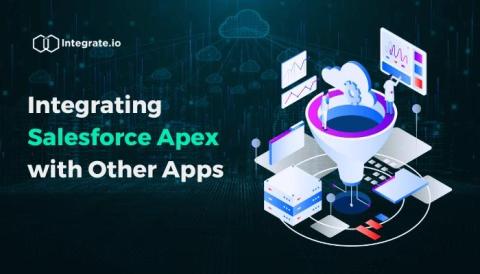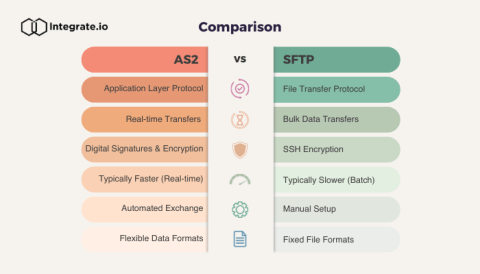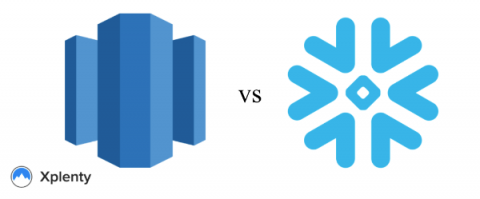The Importance and Benefits of a Data Pipeline
The term 'data pipeline' is everywhere in data engineering and analytics, yet its complexity is often understated. As businesses gain large volumes of data, understanding, processing, and leveraging this data has never been more critical. A data pipeline is the architectural backbone that makes data usable, actionable, and valuable. It's the engineering marvel that transforms raw data into insights, driving decisions and strategies that shape the future of enterprises.



